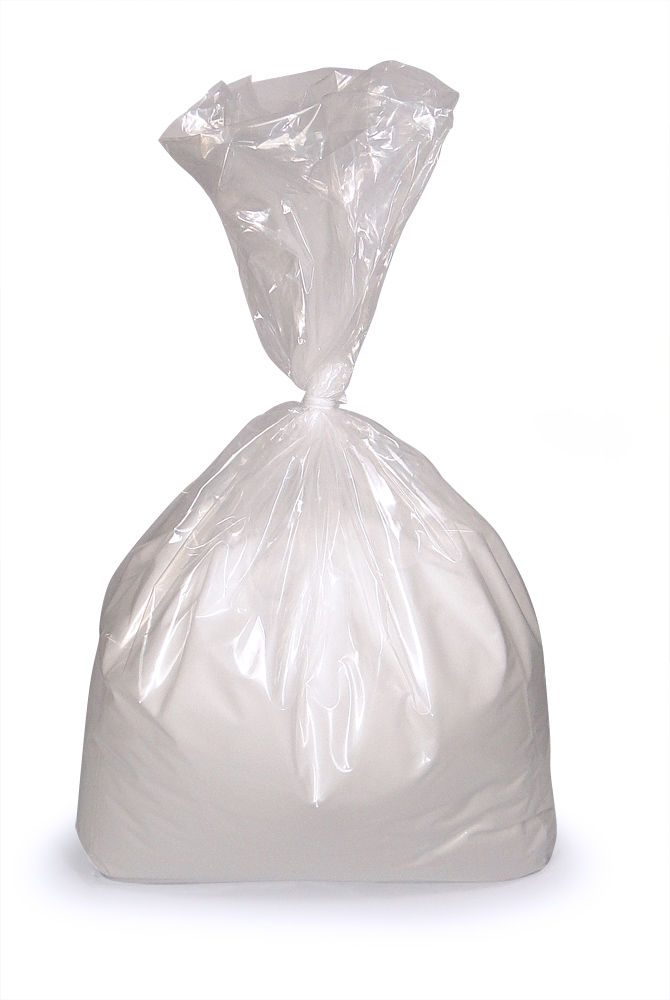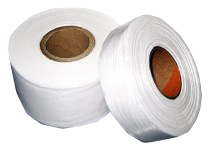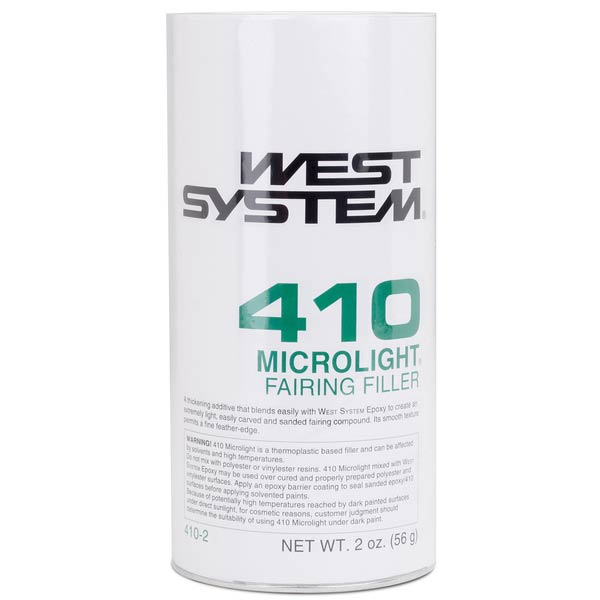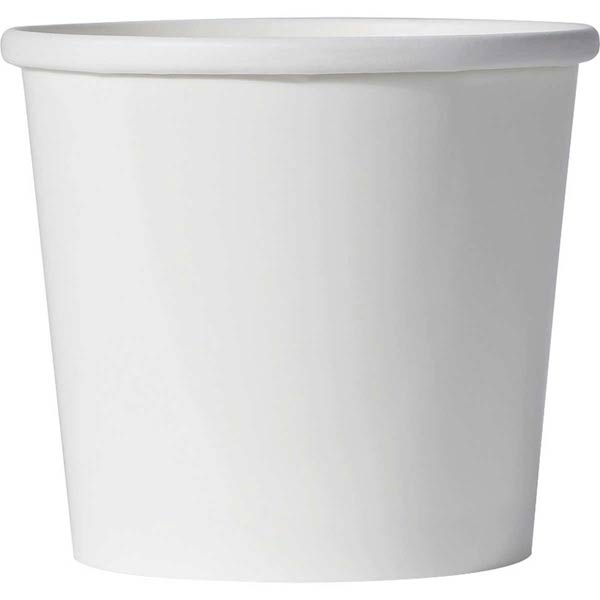|
Chris D
15.07.2019
|
I use this product mostly as a lightweight filler. I also appreciate that this is shipped double-bagged.
|
|
Clay
25.04.2019
|
Using EA9309NA with the beads to create a smooth filler and matt application for a repair with Vac bagging, works great.
|
|
Darrell
14.04.2019
|
Upon the recommendation of other guys in the classic car hobby, I used these beads to make a heat and sound insulating paint for the floor of my old Dodge. It mixes very well and goes on nicely. I wont know how well is works for a while yet, but I know from the testimony of others, that it does indeed make a huge difference. Thank you.
|
|
Buck S
09.03.2019
|
Glass Bubbles make your epoxy light and stiff to hold shape (Micro). For structural uses Flox is much stronger.
|
|
Andrew A
27.09.2018
|
As usual, Aircraft Spruce shipped fast with excellent packaging and for a great price. This 5 lb bag of micro is very white and light with no clumping. I really like it! The 5 lb represents many hours of sanding on my Cozy, so I resent this product as much as I like it.
|
|
Pk
08.09.2018
|
Quirky, great thing about Aircraft Spruce - they always send just a little bit more than the ordered quantity. The 1 lb bag was 1 oz over, and the 5 lb bag shipped at 2.2 oz over. Now back to building the Cozy....
|
|
Greg L
06.09.2018
|
As expected, extremely fine.
|
|
Nick
20.05.2018
|
Fine powdery bubbles, kinda like dry flour. Mix a little or a lot into epoxy to control viscosity for fillets.
|
|
Lollo
16.03.2018
|
Super fast delivery and excellent product! Thanks! Did I forget best price as well???? :)
|
|
James E
24.11.2017
|
I have used a lot of this on the construction of my Velocity and it has worked great from lay-ups with micro in the radius to filling and sanding to primer. The packaging is great! double bagged to stop loss from handling. I will continue to use this until my plane is done..
|
|
Charlie E
09.11.2017
|
Good product. Prompt delivery and well packaged.
|
|
Ed B
19.10.2017
|
Works well with the EZPoxy for student composite projects.
|
|
Fritz M
21.09.2017
|
I am using this product now to thicken my two part epoxy for structural wood. I previously used a similar product sold by ACS but appears to have been discontinued or not available. Although I preferred the previous filler to this product, this product does the job by forming a milk colored glue that works just fine. Take somewhat more of this filler than the previous product I refer to. Sorry, I cannot remember the previous product name, but should be on my records with ACS.
|
|
Lorenzo R
25.08.2017
|
Best price around! Thank you
|
|
Charles K
14.08.2017
|
ok!!thanks
|
|
Uncle A
20.04.2016
|
I mix microbubbles with architectural epoxy as part of the internal and external seals on long term survivable messages in bottles in the Southern Sea. The syntactic foam is destructively tested to be exceptionally resistant to seawater and sunlight (Ozone Hole! UV cleaves ordinary epoxy resin in two places/molecule).
|
|
Dwight
22.10.2019
|
Good source of micro spheres at fair price with fast shipping.
|
|
Modesto V
15.10.2019
|
Liked this product and have always used glass bubbles with fiberglass and it is a great product
|
|
Al S
28.01.2020
|
This is a superb low density epoxy filler (ArtResin - strong bonding, syrup initial viscosity) at a low price/volume (about 30% void space fill for a thick paste). The spherical filler allows high solids loading for a given final viscosity. ALWAYS PRE-MIX THE EPOXY! Add filler, mix carefully (dusting), pause to allow the epoxy to wet, then mix some more (dilatant fluid). Patience.
|
|
Bill M
04.04.2020
|
Received in good condition. Micro balloons for Hysol work on my Kitfox.
|
|
Thomas N
10.05.2020
|
Too pricey, but stuff!
|
|
Thomas N
03.06.2020
|
works!
|
|
Dale M
30.07.2020
|
Always clean and dry. Same great product that Aircraft Spruce always offers.
|
|
Michael G
04.09.2020
|
Exactly what I was looking for. Great packaging! Arrived quickly and no damage
|
|
Chuck C
20.11.2020
|
Iâ??ve been a customer of AS&S since 1982. They have what us homebuilders need Always. This product is essential to composite construction. Great value .
|































